Easy-drinking 'crushable' lagers and lighter beers could rule this coronavirus summer
Habits are hard to break, but don't tell that to the coronavirus.
Around the world, people are working, exercising, eating and, yes, drinking differently in our new coronavirus-infected world of masks and isolation.
In the craft beer world, state shutdowns have cratered taproom sales, made some ingredients difficult to find and have shaken even the most established brands.
But the ripple effect may spread even wider in the $29 billion craft beer industry, right down to the kind of beer that's brewed.
With trends already pointing to growing popularity of lighter, easy-drinking alcoholic drinks in recent years – session beers, hard seltzers and, yes, even the old school lagers and Pilsners that probably gave your grandpa his first buzz – could the hop-heavy, belly-bomb IPAs lose their cool?
'Don't tell my wine snob friends': Why Americans are buying more boxed wine during COVID-19
I'm pausing it: McDonald's pauses reopenings due to spike in COVID-19 cases
In this topsy-turvy new environment we live in, no one really knows where tastes could land for good. But Sean Galie, founder and head brewer of Lower Forge Brewery in Medford, New Jersey, is thinking like many others: drinkable is in.
"I think any crushable or session style is going to kill it during this pandemic summer. There is a huge difference between drinking big ABV beers in a night bar scene or with a huge dinner out and having a nice ... lager while taking a break from Zoom meetings working at home," Galie says.
Our team of USA TODAY Network reporters checked in with beer-makers across our region – everywhere from Delaware and Maryland to New Jersey and New York – about what this summer could offer craft beer fans.
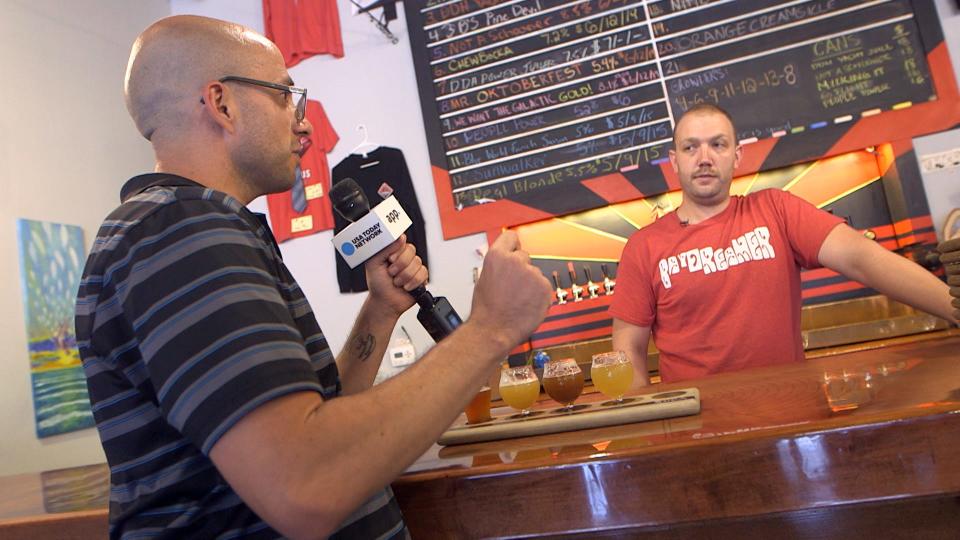
For many brewers, this down time has given them an opportunity to brew beers that take longer to make, like lagers and Pilsners.
Over at Icarus Brewing in Lakewood, New Jersey, founder and head brewer Jason Goldstein says one bright note of the coronavirus slowdown was that it gave him the opportunity to focus on his lagers, an in-house favorite.
"As soon as our tanks started opening up from our limited production, we started filling them with lagers, which take longer to ferment out and condition, a luxury we haven’t always had," he says, adding that the new wave of lagers have been selling well, especially the 7.1% ABV American imperial Pilsner dubbed Pound of Feathers.
Whether its a suburban brewery 70 miles south of New York City like Icarus or a small farm brewery like 1812 Brewery in rural Cumberland, Maryland, brewers are using the slowdown to experiment ... differently.
After years of craft brewery experimentation focusing much of their time on thick IPAs and stouts, things are changing for some.
"At the beginning of the pandemic, we didn’t know how long it would be until we were able to have people back out to buy beer or distribute to restaurants and bars. So we decided to brew some beers that could sit longer than usual, we brewed an imperial stout that is now aging in a whiskey barrel as well as our new Summer Pilsner," says 1812 Brewery's Becky McClarran.
"Lagers and Pilsners are lighter drinking and easier for someone new to craft beers to get into," she adds. "There have been some crazy new beer styles created the last few years, I think people are enjoying going back to a crisp, easy drink that isn’t packed with hops."
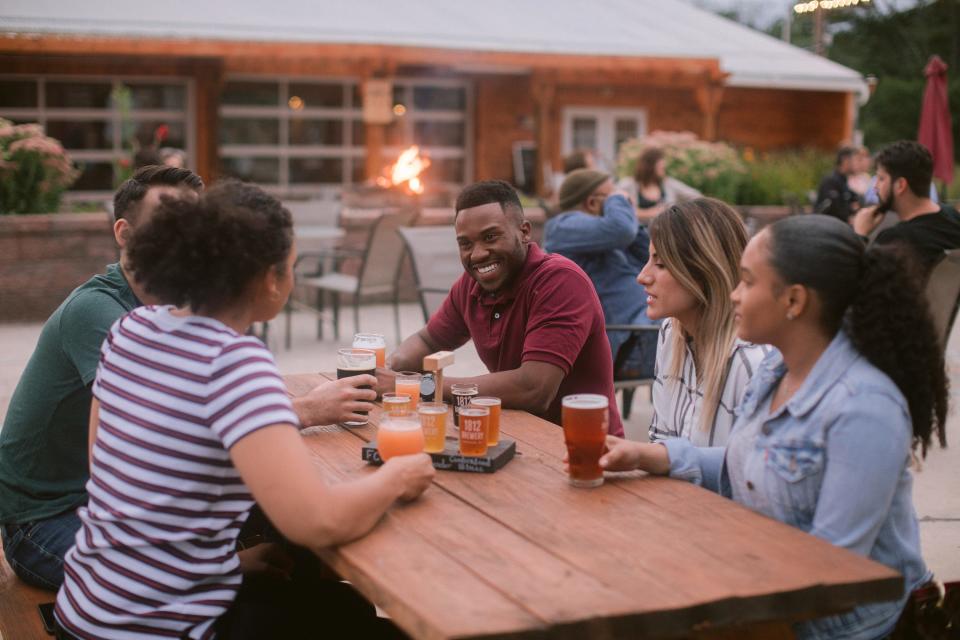
Or as Torie Fisher, owner of Backward Flag Brewing Co. in Forked River, New Jersey, puts it: "People are getting a little burned out on all the complex hops bombs and pastry stouts."
Flounder Brewing Co. in Hillsborough, New Jersey, is preparing for that day. A brewery where the beer list is usually filled with ales and stouts, they are preparing a new location. And with the new space will come new toys.
"We love a good clean lager so much that we are investing in lagering tanks when we move to our new location," says Jeremy "Flounder" Lees, brewery president.
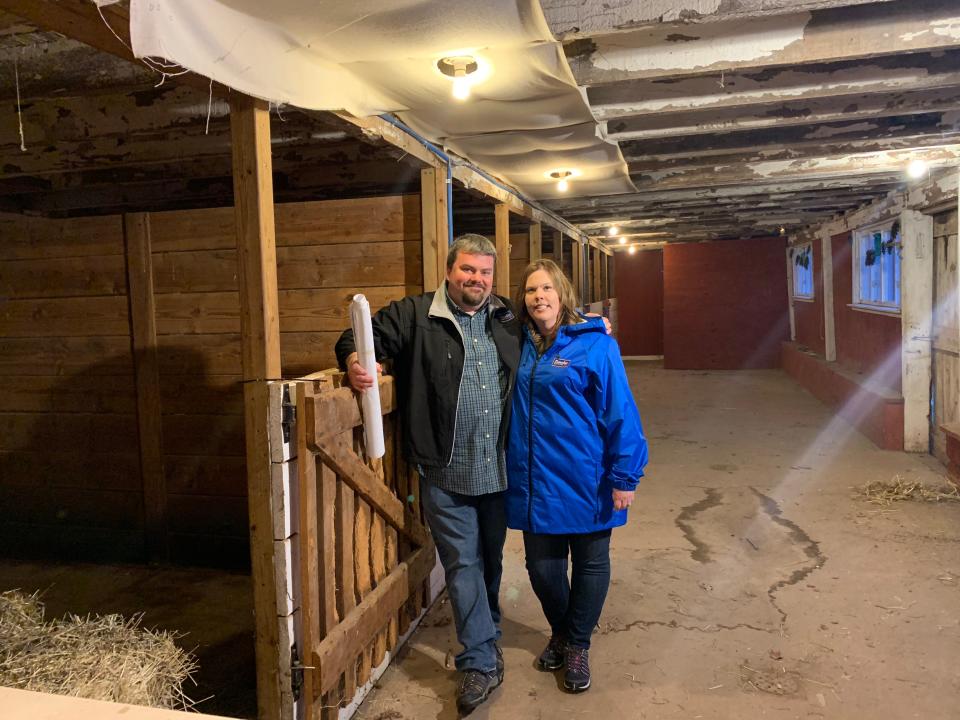
Even breweries built on hearty IPAs, like Milton, Delaware's Dogfish Head Brewery, have stretched their offerings in recent years to include lighter brands.
Session sour SeaQuench Ale and Slightly Mighty, a 95-calorie IPA built as a craft version of Michelob Ultra, are newer additions. Another low-calorie Dogfish beer, the yoga-themed Belgian-style white ale Namaste, dates back to 2009.
"In the last five years, we have seen more and more craft beer lovers – especially those Millennial drinkers – searching for lighter, more sessionable, ‘better-for-you’ offerings," says Dogfish founder Sam Calagione.
With shelves filled with "watery industrial light lagers" to service those drinkers at the time, Dogfish turned to better ingredients, flavor and complexity to earn customers.
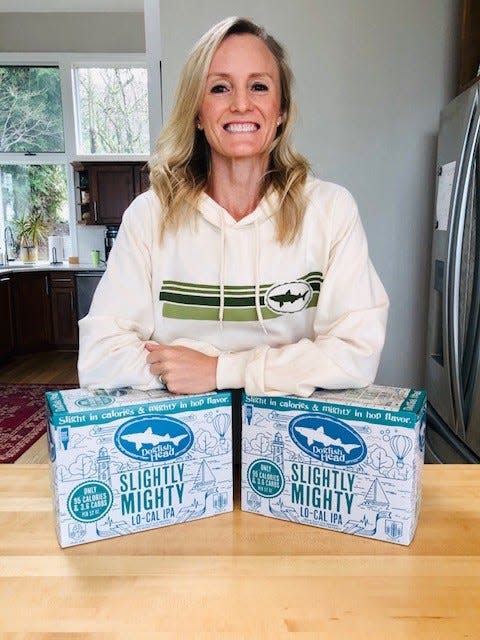
And more is on the way.
"At both our Tasting Room & Kitchen in Milton and Rehoboth brewpub, we are constantly brewing off-centered ales that run the full spectrum of beer styles, including some lagers and Pilsners," Calagione added. "That said, there’s no telling what innovation we will discover and release next."
Even so, IPAs are still leading in popularity. That has not changed, says Adam Benesch, co-founder at Union Craft Brewing in Baltimore.
"IPAs are still king of craft beer, but there are definitely people interested in lagers and Pilsners," he says, "Styles that are less aggressive and more subtle, where you're able to drink three or four instead of just one or two."
Andy Cook, who owns Swiftwater Brewing Co., a farm brewery built in an old Rochester, New York, motorcycle garage, has been waiting for the "chuggable" lager comeback for quite a while.
"There’s a lot of us in the beer industry that have said for five or more years, 'Oh, you know lagers are gonna come back this year.' A lot of brewers said lagers are gonna be the next IPA and I've never thought that was gonna happen. But I have seen a steady increase in people interested in them. So that's pretty cool," he says.
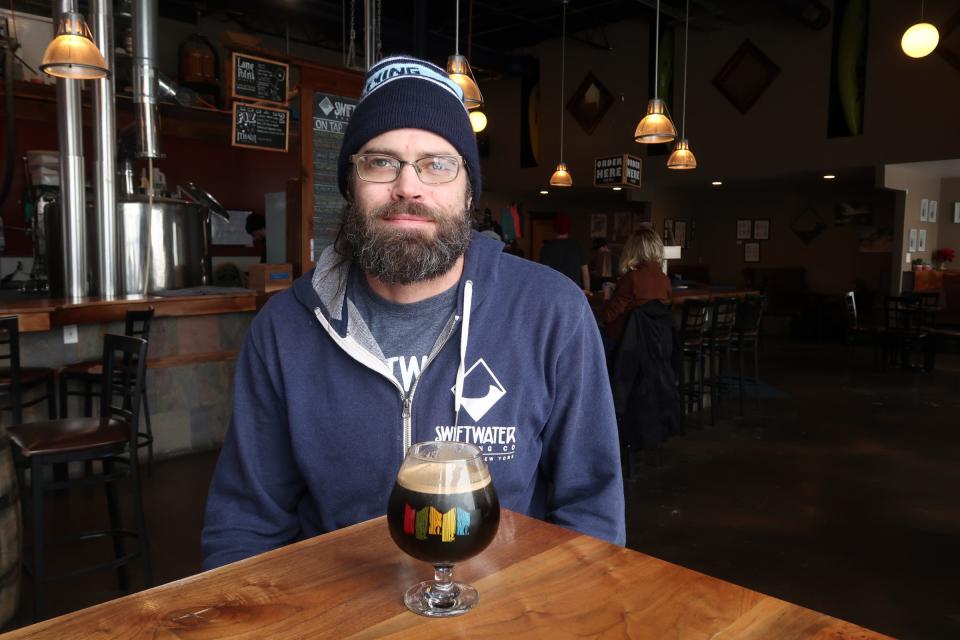
Cook has seen more acceptance of lagers in recent years nationwide and in his own sales. As some tire of ales, maybe it is true that everything old is new again.
"Lagers had a bad rap for a while. People thought, 'Oh, it's just pale, fizzy, crappy stuff.' In the '70s and '80s, a lot of it was driven by the race to the bottom, where it was like who can make halfway decent tasting beer with the absolute cheapest ingredients?" he says. "Now, it seems like the quality of the product has gone up all over and we’re all trying to use better ingredients."
For Galie at New Jersey's Lower Forge Brewery, it's not just lagers or Pilsners that are selling well, but any lighter beer including shandies and sessions.
Every lighter beer release since March has sold out quicker than expected, he says, and their curbside pickups for their lighter offerings (Strawberry Shandy, Grapefruit Radler, session IPAs) almost resembled normal sales.
He has no doubt that trend to continue through the summer.
"It's something you can enjoy over a longer period of time without feeling too rough. And when a lot of people still tele-commuting or working remotely, you can enjoy something with that eternal Skype meeting without suddenly getting in trouble," he jokes.
Alicia Notarianni contributed to this report. Got a tip? Contact Ryan Cormier of The News Journal at rcormier@delawareonline.com or (302) 324-2863. Follow him on Facebook (@ryancormier), Twitter (@ryancormier) and Instagram (@ryancormier).
This article originally appeared on Delaware News Journal: Could coronavirus help the reemergence of lager and Pilsner beers?

 Yahoo Finance
Yahoo Finance 